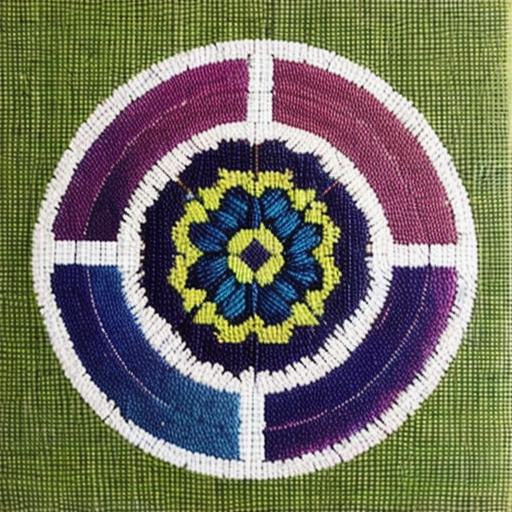If you’re an avid cross stitcher or Aida enthusiast, hand dyeing your own fabric is a great way to add a personal touch to your projects. Not only does it allow for greater customization and creativity, but it can also be a fun and rewarding hobby. In this article, we’ll go over the basics of hand dyeing Aida and cross stitch fabric, including materials needed, steps to follow, and tips for success.
Materials Needed

Before you start hand dyeing your own Aida and cross stitch fabric, it’s important to gather all the necessary materials. You’ll need:
- Fabric: Choose any type of Aida or cross stitch fabric that you like, such as cotton, wool, or silk. Make sure it’s clean and free of any residue before dyeing.
- Dyes: There are many types of dyes available, including natural dyes made from plants, minerals, and other materials. Synthetic dyes are also popular and can be found at craft stores or online.
- Vats: A container used to hold the dye solution, such as a large plastic bucket, pot, or special vat designed for dyeing.
- Mordants: Chemicals that help the dye adhere to the fabric and make the color fast. Common mordants include aluminum, copper, and iron.
- Gloves: To protect your hands from the dye and any chemicals used in the process.
- Safety goggles: To protect your eyes from any splashes or fumes.
- A stir stick or paddle: To mix the dye solution and ensure even coloring.
- Tongs or tweezers: To remove the fabric from the vat and prevent damage.
Steps to Follow
Now that you have all your materials, it’s time to start hand dyeing your Aida and cross stitch fabric. Here are the steps to follow:
- Prepare the fabric: Rinse the fabric thoroughly under cold water to remove any dirt or debris. Hang the fabric up to dry completely.
- Choose a color: Select the color you want for your fabric. Keep in mind that natural dyes may take longer to set and can vary in shade, while synthetic dyes are typically more vibrant and consistent.
- Prepare the vat: Fill the vat with water and add the mordant according to the manufacturer’s instructions. Stir the solution well and let it sit for a few hours to allow the mordant to bond with the fabric.
- Add the dye: Once the vat is ready, add the dye according to the manufacturer’s instructions. Again, stir the solution well and let it sit for a few hours.
- Dye the fabric: Submerge the fabric in the vat and stir gently to ensure even coloring. Leave the fabric in the vat until it reaches the desired shade. This may take anywhere from a few minutes to several hours, depending on the type of dye and mordant used.
- Remove the fabric: Once the fabric has reached your desired shade, remove it from the vat using tongs or tweezers. Hang the fabric up to dry completely.
- Wash the fabric: After the fabric is fully dried, wash it in cold water and hang it up to dry again. This will help set the color and make it more durable.
Tips for Success
Hand dyeing can be a fun and rewarding hobby, but it does take some practice to get it right.



